This essay by Jim Colbert (a retired biology professor and new member of our board) first appeared on his Substack and is reprinted with permission.
“Leaf peeping” in the fall gets a lot of “glory” for the rich reds, oranges, and yellows of deciduous trees preparing to drop their leaves before winter arrives. Early spring in Iowa’s largely leafless woodlands can seem much less colorful and enticing, especially if you’re just driving by in a vehicle. But early spring has a more subtle beauty of its own.
I was about halfway through my undergraduate studies when I took a class entitled “Plant Taxonomy”. Like most young people, I had grown up being far more interested in animals than in plants. Birds and mammals are pretty cool, but I was willing to give plants a chance. The professor was frightening, chaotic, and engaging all at the same time. This was the point in my education when I was first exposed to “dichotomous keys”. They are called “dichotomous” because at each step in the process of identifying an organism there are a pair of choices. Is what you’re looking at “this way” or is it “that way”. Each choice leads you down a path that will, hopefully, provide the name of what you’re looking at. Knowing the “name” of something may seem trivial, but in actuality a name is the gateway to learning whatever may be known about the organism you’re wondering about. What I didn’t know, but learned very quickly, is that “dichotomous keys are written by those who don’t need them for those who can’t use them”. Experts write them for novices and they can be quite challenging to use. Successful use of a dichotomous key typically requires a substantial knowledge of arcane terms with very specific meanings. In the context of identifying a flowering plant that might include such questions as: “is the ovary inferior or superior?” Or, “how many carpels does it have?” Maybe even “is the plant monoecious or dioecious?” It’s easy to make the incorrect choice and end up with a name that looks nothing like the plant you hold in your hand.
I was sitting in the grass near the edge of the road next to my dorm pondering a small plant with striking blue flowers. Other students walked past looking at me with considerable skepticism. One young woman stopped and asked what I was doing and I explained that I was trying to figure out the name of this plant. She was apparently expecting some deep philosophical or spiritual insight and immediately went on her way. I was confused by the features of the blue-flowered plant and continued to muddle my way through the dichotomous key, past various “dead ends”, until I arrived at name that fit: Scilla siberica; “Siberian squill”. It wasn’t as easy in those days, but in today’s world knowing the name “Scilla siberica” allows near immediate access to a wealth of information about this lovely little plant. For example, it’s not native to Siberia. It’s native to southwestern Russia and Turkey. Even scientific names can be confusing and misleading. Siberian squill has been widely planted as an ornamental. It spreads easily and, in some instances, can become invasive. Some regard it as a “classic case of gardening gone awry”. Be that as it may, the sense of accomplishment I felt after successfully identifying Siberian squill was profound and helped lead me to a lifetime of studying plant (and fungal) biology.
Having one successful solo plant identification under my belt emboldened me to seek to learn the names of the native early spring wildflowers blooming in the nearby Iowa woodlands. I had previously spent a great deal of time wandering around in Iowa’s woodlands, but until that spring I had taken very little notice of the “spring ephemerals” that decorated the floor of Iowa’s early spring woodlands in their quest to produce progeny that would ensure the future of their species. I starting taking walks in the woods with the express purpose of finding, and seeking to identify, spring wildflowers. I had been “not noticing” a lot.
I came to be on a first-name basis with “blood root” (Sanguinaria canadensis), “eastern spring beauty” (Claytonia virginica), “liverleaf” ( Hepatica americana), “toothwort” (Cardamine concatenata), “false rue anemone” (Enemion biternatum), “white trout lily” (Erythronium albidum), and “Dutchman’s breeches ( Dicentra cucullaria) amongst others. Each species exploding in a small, but colorful, display of sexual reproduction before the leaves on the trees emerge and shade the forest floor. By early summer these spring ephemerals have returned to a dormant state waiting for spring to once again rouse them to produce leaves and flowers on the sunny floor of a leafless woodland.
For reasons that are not clear to me it’s very easy to be oblivious to things you don’t know the name of. Once you know the name it seems to be near impossible to not notice its presence – or even its absence. You notice the people you know the names of even in a large crowd and might find yourself enquiring about an absent friend, “hey – where’s so and so?” I cannot walk through an Iowa woodland in spring and NOT notice these plants. Many of us go through life largely oblivious to our non-human neighbors. It’s very hard to care at all about things you don’t notice. But preserving and protecting Earth’s biodiversity will require exactly that – “caring”. So, go out and learn the names of some of your neighbors, and not just the birds and mammals. Maybe if fewer of us are oblivious and more of us care we won’t drive quite as many of our neighbors to extinction.

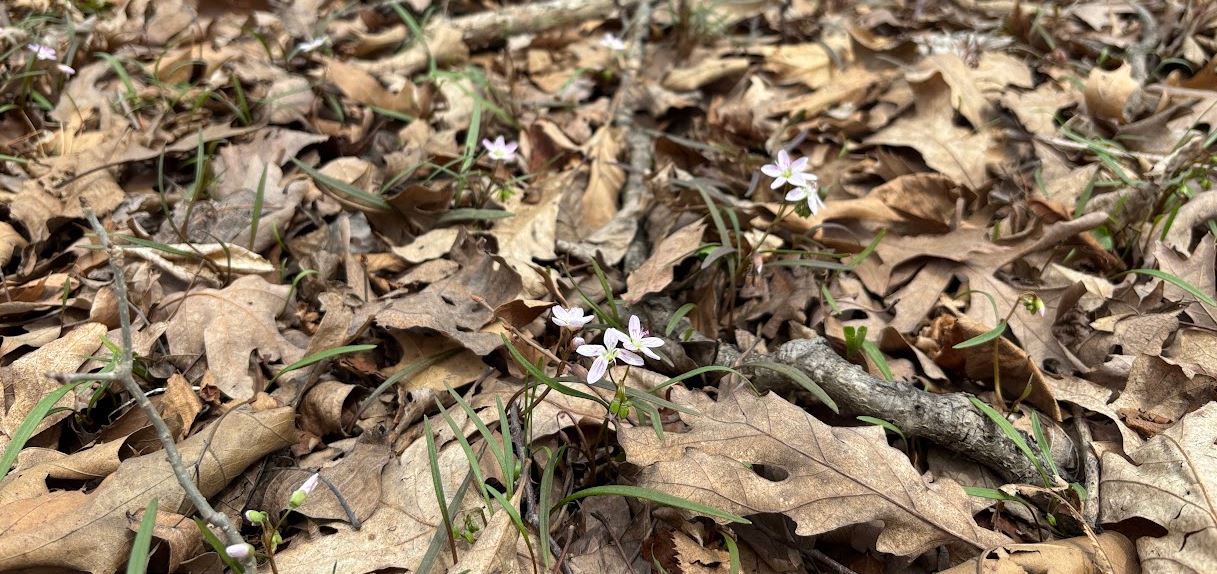
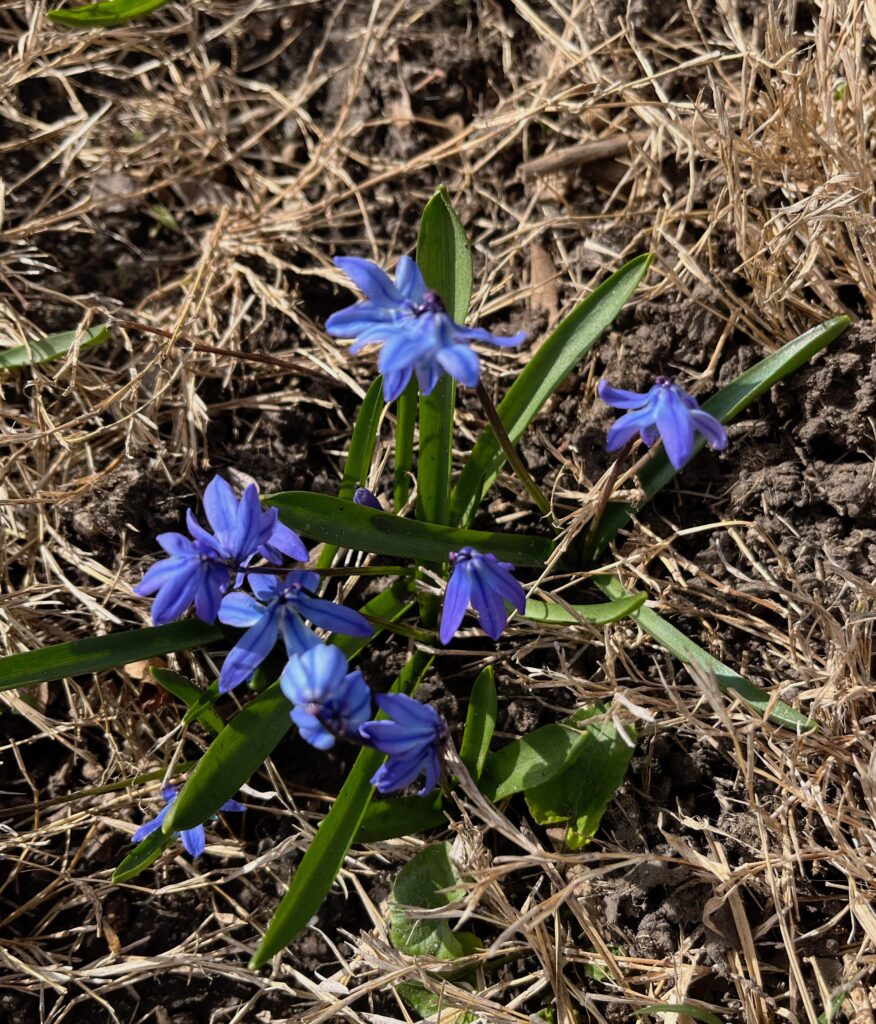
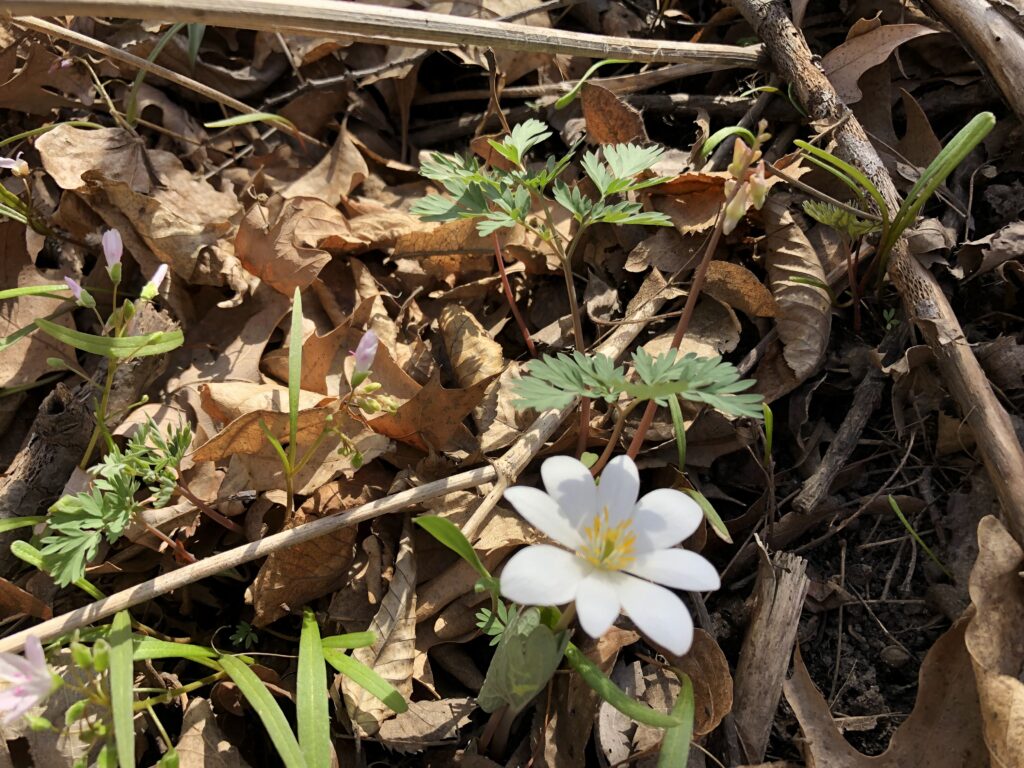
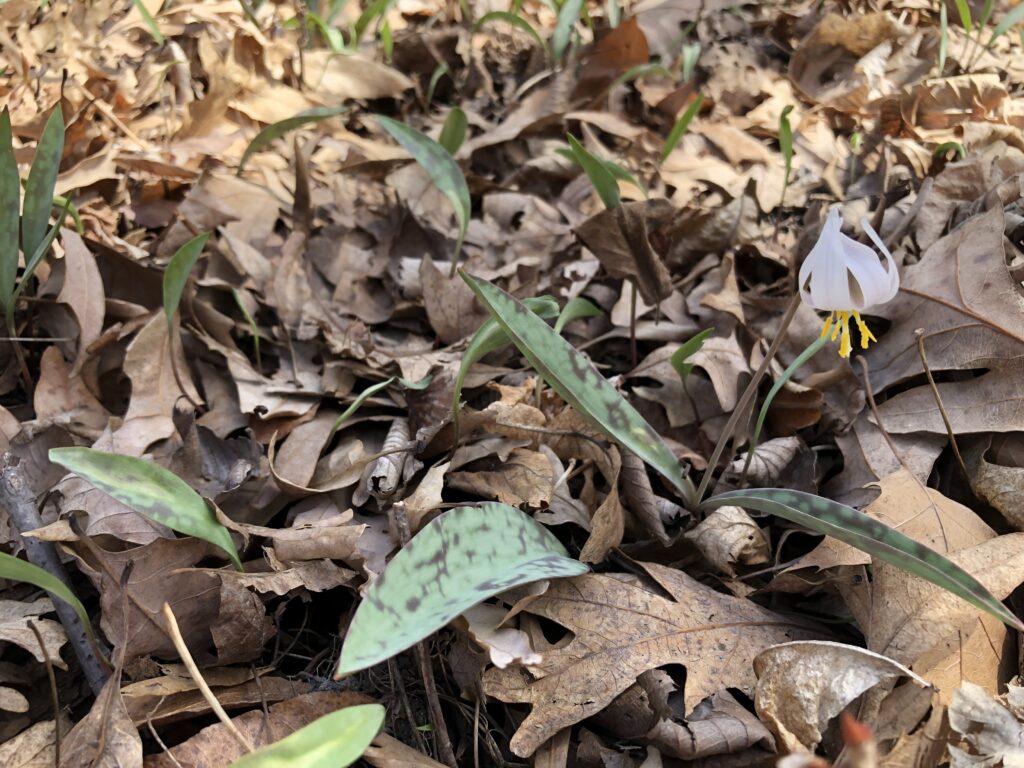
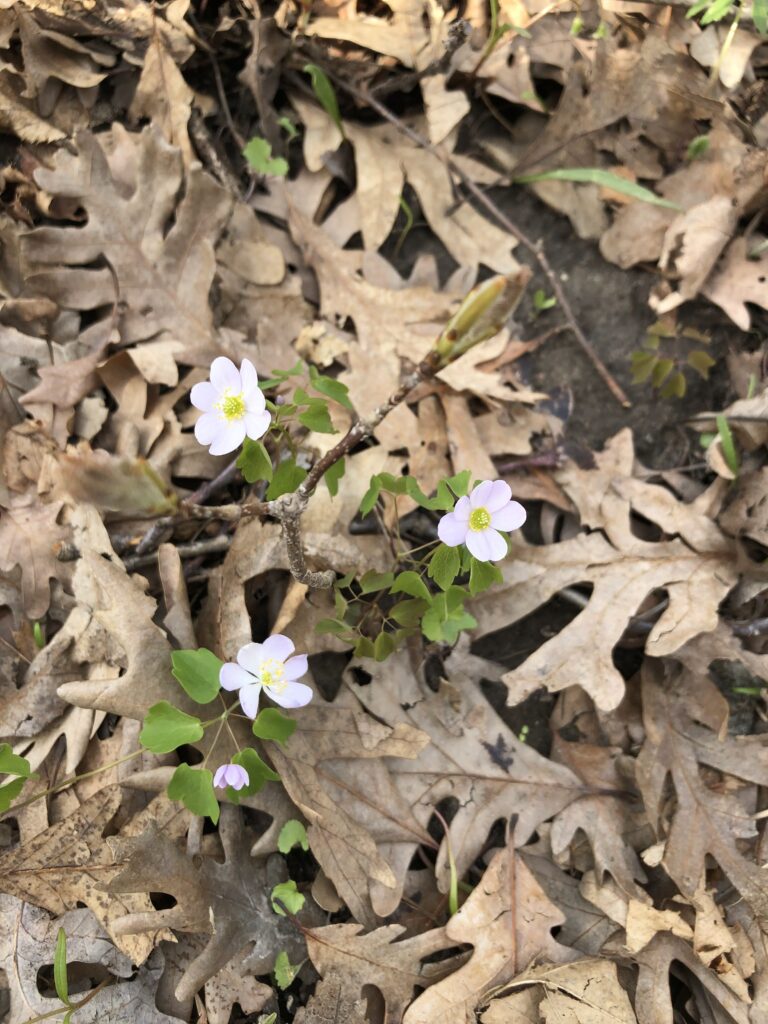
Love this. I was equally inspired by my plant tax professor Jonathan Wendell at ISU. He was very entertaining and informative. Thanks for highlighting those plants so quickly arriving in the spring, and just as quickly gone. Might have only added morels in there. 🙂
I also took Jonathan Wendell’s class and found myself paying a lot more attention to plants that had previously faded into the background.
Adding morels is ALWAYS a good idea! Of course, they are fungi not flowering plants, but they are certainly “ephemeral”. If you’re interested in morels you can check out another of my Substack posts: https://substack.com/@jimcolbert/p-159697038
And – you’re not wrong Jonathan is a great teacher and was a great colleague.
A little knowledge goes a long way… look where it’s gotten me…😅